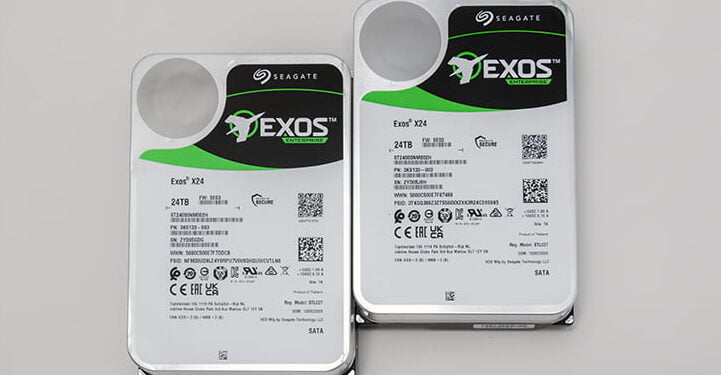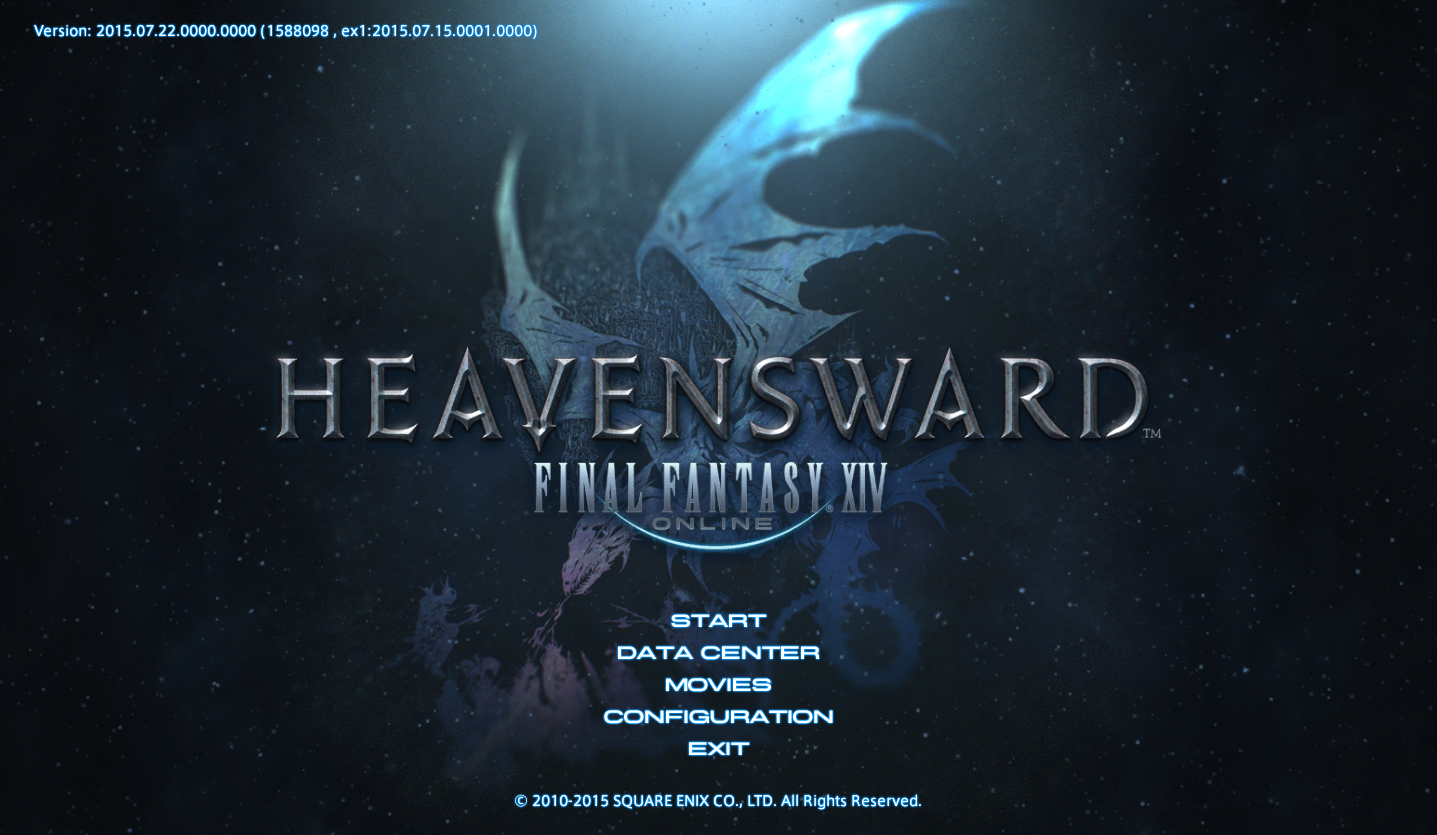Modern society has a serious problem. A problem that is simple to explain and yet appears to be impossible to solve. That problem is the obvious fact that we create more data, and demand it be stored long term (by modern meaning of the word ‘long’), than we can actually store. This is why ‘near line’ storage (aka disk and even tape based data libraries that are not online but can be relatively quickly mounted and become accessible) has made a comeback in a major way. This voracious appetite is why Seagate created their Exos X line of 7,200RPM PMR based hard disk drives in the first place, and it is why they constantly pour the GDP of a small nation into increasing this series’ data density. The latest and greatest example of Seagate’s R’n’D wizardry is the all new Seagate Exos X24 24TB. A model that sadly (once again) does not make use of Heat Assisted Magnetic Recording technology. Instead, in a move that will surprise no one, this PMR/CMR based model ‘simply’ offers an additional 2TB of capacity over last’s years flagship X22 generation; offers slightly better power consumption per TB than last year’s flagship model; and does both without increasing the MSRP – which once again has been set at a very reasonable $480 (USD). That last data point in turn means that the cost per TB of this flagship model is even better than ever– and will only set buyers back an extra cent or two per GB compared to older, smaller capacity Exos X models.

Saying all that in a disappointed, almost bored, tone however does belie exactly what does make the Exos X24 so special and is rather cynical of us… even if it has now been (at least) three years since we were promised a (retail) debut of H.A.M.R.(time). Lack of exotic technology or not, the fact remains that since their inception (and replacement of the Enterprise Capacity series) every generation of Exos X has consistently offered an additional 2TB increase per generation. For the past decade every generation of Seagate Enterprise near-line models have consistently offered better and better power consumption per TB abilities. For nearly the past decade every generation of Seagate’s flagship Enterprise near-line series has consistently offered the flagship capacity model for about the same price as the previous year’s largest capacity option (for example, when it landed back in 2014 the 8TB variant of the E.C. v5 launch day MSRP was $505 USD). Compare and contrast this pricing reliability with say GPUs, CPUs, or even motherboards, and Seagate are the unsung heroes of the Enterprise marketplace. They are the “thin red line” that stands between (Just)inflation / Bidenomics and the continuous demand for greater and greater data storage. Put simply, they are the reason that Data Center build costs have not increased even more than they already have.
All of which Seagate has to do. Routinely. Necessarily. Pick your favorite synonym, but they have to do this as they are pretty much the epitome of the phrase “their own worst enemy”. Much like Sears pretty much killed themselves via their consistent semi-annual sales… Enterprise purchasing agents know that 2-3 generation old flagship capacity options are significantly cheaper than the latest and greatest option and will be year in, year out. To put that in laymen’s terms 16TB models were the ‘sweet spot’ last year and this year it is shaping up to be the 18TB capacity as being the best bang for the buck (density vs cost vs performance vs power consumption) at 18 cents per GB. Which in turn makes justifying the massive R’n’D budgets required to consistently increase areal density… rather difficult to upper management.
In this review we are going to go over exactly what makes an Enterprise grade Exos X an Exos X model and not just a glorified IronWolf Pro. We are going to delve into why the X24 is so exciting for the intended professional buyer, and why the Exos series remains the king of Enterprise storage… and all the rest are merely gold plated pretenders to the crown. So sit back, relax and watch as Seagate once again come up with compelling justification on why professionals may want to seriously consider opting for the top of the line capacity option… instead of the 3 year old capacity option. Maybe. Under certain circumstances.










